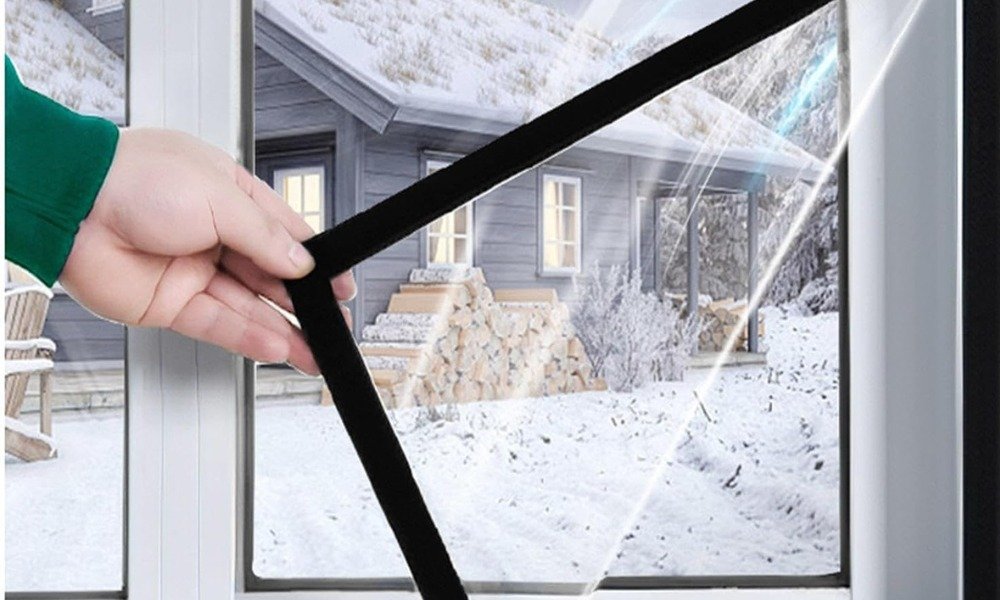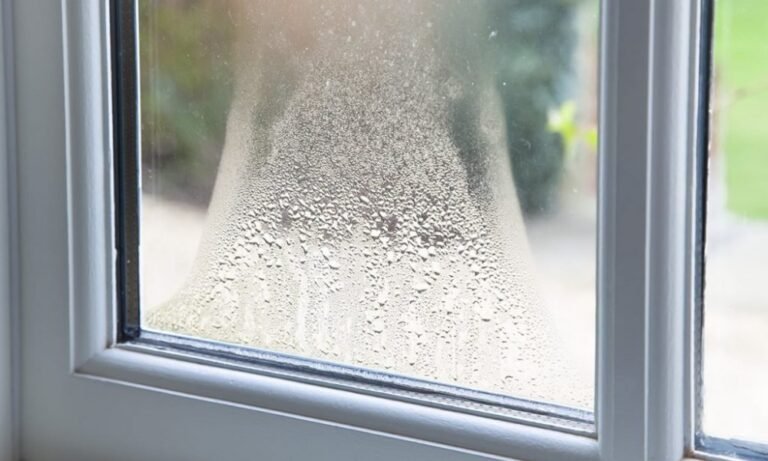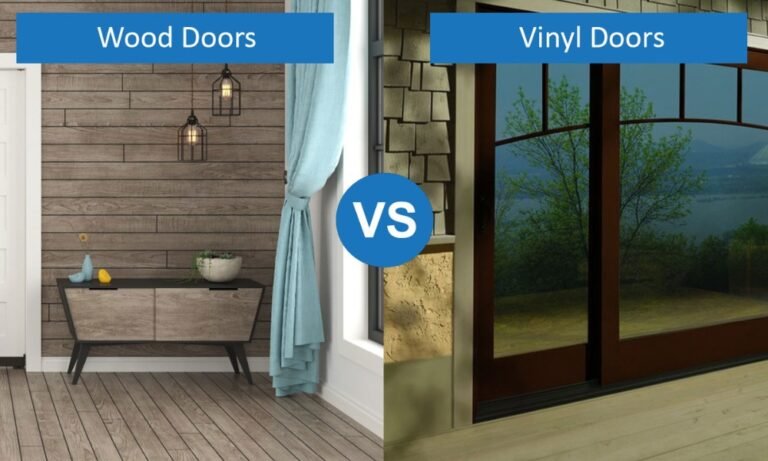Estimated reading time: 5 minutes
When the temperature outside is unbearable—whether freezing or sizzling—you want the inside of your home to feel like a cozy retreat. But if your windows and doors aren’t properly weatherproofed, your home may feel like an extension of the elements instead of a sanctuary from them.
Weatherproofing isn’t just about comfort; it’s about saving money and protecting your home from damage. Let me walk you through everything you need to know to keep your home energy-efficient, draft-free, and ready for anything Mother Nature throws your way.
What You’ll Learn Today
- Key signs your windows and doors need weatherproofing.
- Simple DIY techniques to weatherproof your home.
- When it’s time to call in the pros.
- Long-term solutions for maximum efficiency.
Why Weatherproofing Matters
You wouldn’t leave your front door wide open in the middle of winter, would you? Well, cracks, drafts, and poorly sealed windows might as well be the same thing. Weatherproofing isn’t just about keeping warm or cool; it’s about cutting your energy bills, reducing wear on your HVAC system, and even preventing moisture-related damage like mold or wood rot.
Signs Your Windows and Doors Need Weatherproofing
Let’s start with how to spot the problem areas.
1. Drafts:
Feel a slight breeze when you’re near closed windows? That’s your wallet waving goodbye to your hard-earned money. Drafts indicate gaps in the frame or deteriorating caulking.
2. Visible Gaps or Cracks:
Take a good look at your window and door frames. If you see cracks or gaps, it’s a sign the sealant has worn away.
3. Condensation or Frost:
Foggy or frosty windows? This often means broken seals or poor insulation.
4. Rising Energy Bills:
If your utility costs are creeping up, your windows or doors may be the culprit.
(Related Reading: Signs It’s Time to Replace Your Windows and Doors)
Simple DIY Weatherproofing Techniques
Not every issue requires a professional fix. Here are some easy ways to take matters into your own hands:
1. Seal the Gaps:
Use a caulking gun to seal cracks or gaps in window frames. Self-adhesive foam weatherstripping is another great option. Pro tip: Use a candle to detect air drafts by moving it around your window edges—watch for flickers!
2. Install Window Insulation Film:
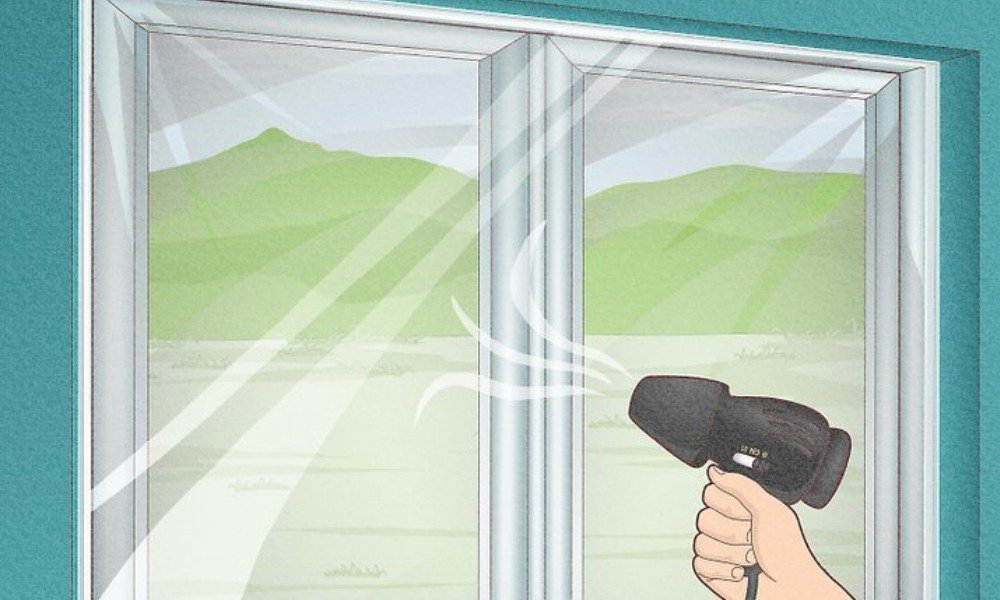
A budget-friendly solution that creates a barrier between your window and your room. Apply with double-sided tape and a hairdryer to shrink the film tightly over the glass.
3. Hang Heavy Curtains or Thermal Drapes:
For an extra layer of protection, hang insulated drapes. Keep them closed on chilly nights or hot afternoons to maintain a comfortable indoor temperature.
4. Use Door Sweeps and Draft Stoppers:
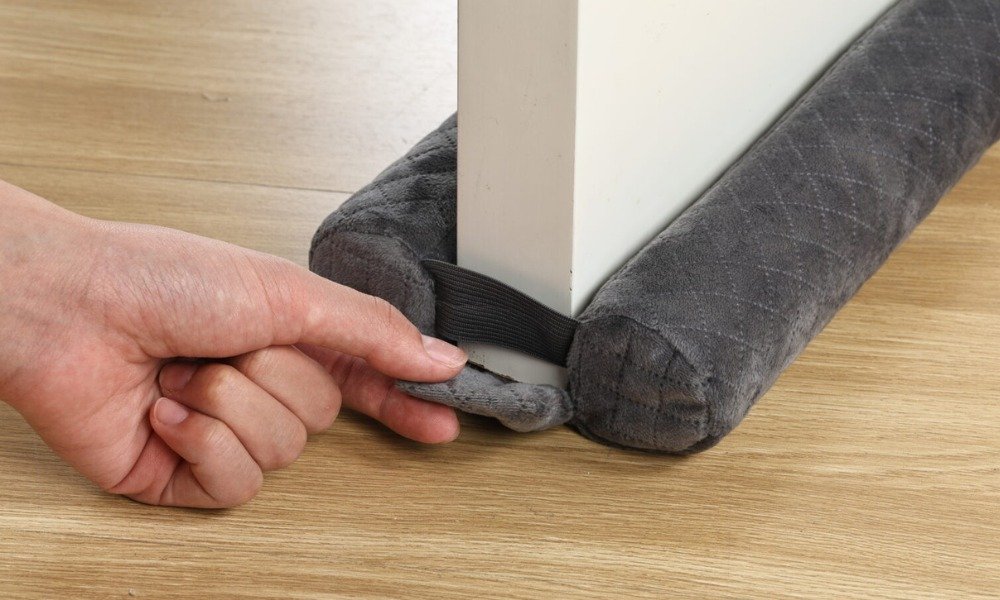
For doors, a sweep installed at the bottom can block drafts. For windows, fabric draft stoppers work wonders.
(Related Reading: How to Maintain Your Windows and Doors for Longevity)
Long-Term Solutions for All-Season Weatherproofing
Temporary fixes are great, but if you’re ready to go the extra mile, consider these long-term solutions:
1. Upgrade to Energy-Efficient Windows:
Modern double-pane windows with weather-seal technology significantly reduce air leakage. While they’re an investment upfront, the savings on energy bills are worth it.
2. Install Storm Windows and Doors:
Storm windows and doors act as an additional barrier, trapping warm air in winter and keeping cool air in during summer.
3. Insulate Shutters or Cellular Shades:
Shutters provide complete blockage of airflow when closed, while cellular shades trap air in honeycomb-like pockets for insulation.
(Related Reading: Cost vs. Value: Is Window Replacement Worth the Investment?)
When to Call in the Pros
Sometimes, it’s best to bring in the experts. If you notice any of the following, don’t hesitate to hire a professional:
- Seal Failure: Fogging between double-pane windows means the seal is broken.
- Water Damage: Mold, moisture, or wood rot are signs of deeper issues.
- Structural Problems: Warped frames or glass panes that no amount of caulk can fix.
Professionals have the tools and experience to ensure a tight, durable seal. Plus, they can recommend upgrades like energy-efficient glass or advanced weatherproofing materials.
(Related Reading: How to Find Reliable Window and Door Contractors Near You)
FAQs About Weatherproofing
Q: Can I DIY all my weatherproofing?
A: Minor fixes like sealing gaps or adding insulation film are perfect for DIY, but structural issues should be left to professionals.
Q: How often should I replace weatherproofing materials?
A: Replace caulking and weatherstripping every 2-3 years, or sooner if they show signs of wear.
Conclusion
Weatherproofing your windows and doors doesn’t have to be complicated or expensive. A few simple steps can make your home cozier, save you money, and extend the life of your windows and doors. If you’re ready to tackle drafts and leaks, start small with DIY fixes or invest in long-term solutions for peace of mind.
Need professional advice or help? Don’t hesitate to reach out to trusted experts who can handle the job right. A comfortable, energy-efficient home is just a few steps away.(Related Reading: The Installation Process: What to Expect from a Contractor)
